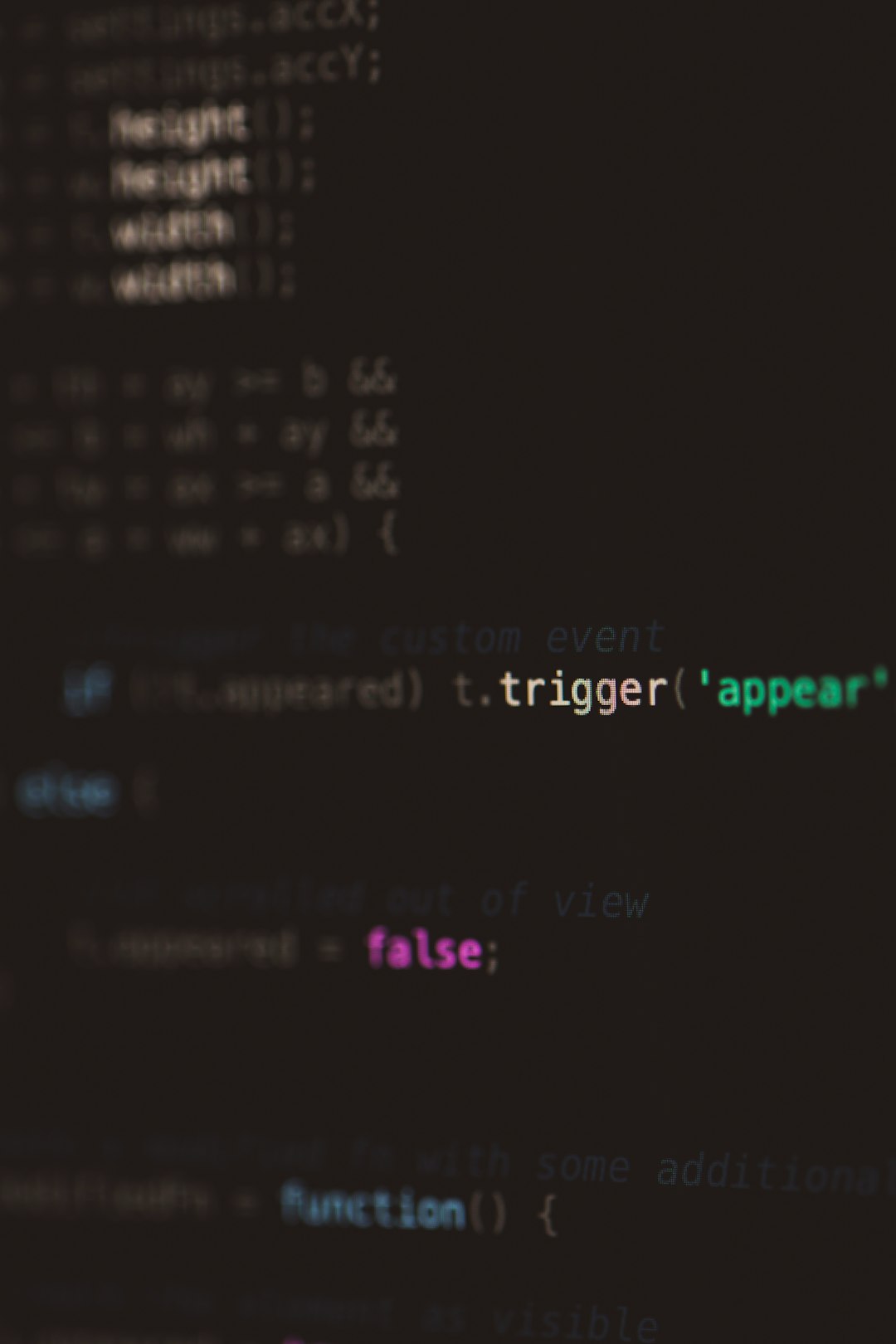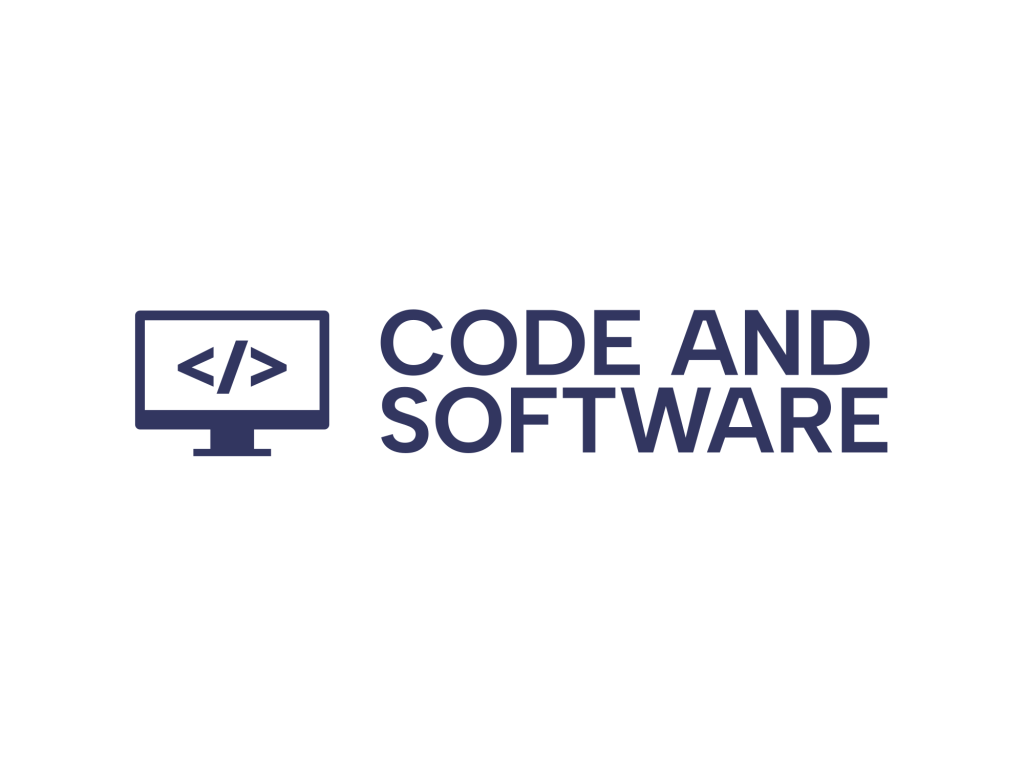While developing or interacting with AI systems, particularly when building applications that utilize conversational agents, developers might come across a frustrating error message: “Agent 1: Last Message Was Not an Assistant Message”. If you’ve encountered this issue, you’re not alone. This error can be cryptic to the untrained eye, especially if you’re working with chat orchestration tools, API integrations, or simulators involving multiple agents.
In this article, we’ll demystify this error, explore the common scenarios that trigger it, and walk through step-by-step solutions to fix it. By the end, you’ll have a solid understanding of why this occurs and how to prevent it in the future.
What Does the Error Mean?
The error “Agent 1: Last Message Was Not an Assistant Message” typically arises in environments where multiple conversational agents or user and assistant roles are orchestrated in sequence. These systems expect each participant to follow a strict turn-taking rule: after one speaks, the next must respond according to their role.
Specifically, this error indicates that Agent 1 was expected to reply as an assistant, but the last message it sent did not have that designation—or possibly didn’t send anything at all. This interrupts the logical flow of roles in a multi-turn conversation.

Why Does the Error Happen?
Understanding the source of the problem is critical. The error stems from one or more of the following faults:
- Misordered messages: A user or system sent a message out of expected turn (e.g., a user speaking twice in a row).
- Incorrect role labeling: A message wasn’t labeled as coming from the assistant when it should have been.
- Interrupted message sequence: Something stopped the assistant from completing its reply, such as a timeout or internal error.
- Improper simulation input: In environments where agents simulate back-and-forth interactions, test data might be malformed or misstructured.
Common Contexts Where This Arises
The error doesn’t occur randomly. It’s more likely to happen in specific scenarios like:
- Testing conversation flows using language model simulators or orchestrators (like Langchain, AutoGen, or OpenAI multi-agent tools).
- Setting up chatbots with multi-agent coordination, where roles must alternate consistently.
- Handling programmatic interfaces such as API-based conversation threading where messages are manually structured or replayed.
Step-by-Step Guide to Fix the Error
Ready to fix the issue? Let’s go through several practical ways to identify and resolve this error.
1. Review Message History Format
AI systems like OpenAI’s chat API expect messages in a strict format, where each entry has a role and content. Roles are generally: user, assistant, or system.
Check your message array or script. A correct sequence looks like this:
[
{ "role": "system", "content": "You are a helpful assistant." },
{ "role": "user", "content": "What is the capital of France?" },
{ "role": "assistant", "content": "The capital of France is Paris." },
{ "role": "user", "content": "Thank you!" }
]A malformed version (triggering the error) might skip the assistant’s expected response:
[
{ "role": "system", "content": "You are a helpful assistant." },
{ "role": "user", "content": "What is the capital of France?" },
{ "role": "user", "content": "Thank you!" }
]Fix: Always ensure that every user message is followed by an assistant response before moving on.
2. Confirm Agent Roles in Simulations or Multi-Agent Systems
If you’re using platforms like AutoGen or self-built simulators with multiple agents, each agent must take turns. For instance, Agent 1 should behave as assistant first, followed by Agent 2 as user, and so on. Losing this order will generate the error at exactly the point where an assistant reply was expected but not received.
Fix: Align agent roles with their place in the conversation and make sure Assistant messages actually return a response.
3. Identify Interruptions or Execution Errors
Sometimes, Agent 1 fails to produce an assistant message not because of logic errors, but due to:
- API call failures
- Function timeout
- Authentication issues or quota limits
These failures may cut off the assistant’s response, leaving the system to believe the assistant “skipped” its turn.
Fix: Investigate request logs, check for error codes, and ensure tokens, endpoints, and flags are all valid.

4. Use Logging and Debug Messages
To identify where and why the error is occurring, embed logging in your system to output:
- Agent role and message content during each turn
- Errors or empty responses during inference calls
- Current state before message dispatch
This helps pinpoint if a role was incorrectly assigned or if a response generation failed. Sometimes, a simple log output can show exactly where the assistant was expected to talk but didn’t.
5. Add Fallback Responses
As a failsafe, implement conditional checks before processing each message turn. If you expect an assistant message and receive something else (or nothing), your system can:
- Retry message generation
- Use a placeholder assistant response (“I’m sorry, there was an issue. Let’s try again.”)
- Log and skip the turn without halting execution
This does not fix the root cause but adds enough resiliency that your system can continue functioning while errors are flagged or investigated.
Preventing the Error in the Future
Prevention is better than cure. Here are some tips to keep this vexing error at bay:
- Always follow the proper message sequence: user ➡ assistant ➡ user ➡ assistant, etc.
- Validate your message structure: Confirm all message objects have a valid
roleand meaningfulcontent. - Add role assertions in code: Before dispatching a message, check whether the actor should be speaking as the assistant or user.
- Use type checking and schema validation: When possible, define JSON schemas or types to enforce message format correctness.
Final Thoughts
The error “Agent 1: Last Message Was Not an Assistant Message” usually indicates a structural issue in a multi-turn conversation flow where roles are handled improperly or messages are missing. Although the error is specific in message, its cause can vary depending on how an AI system is implemented.
Whether you’re developing a multi-agent AI tool, crafting a chatbot, or simulating dialogue, understanding how agent messaging works is crucial. With clear message roles, better logging, defensive programming, and attention to sequencing, you can avoid disruptions and build more resilient AI-driven interactions.
So the next time this error pops up, you’ll be ready—not confused.

